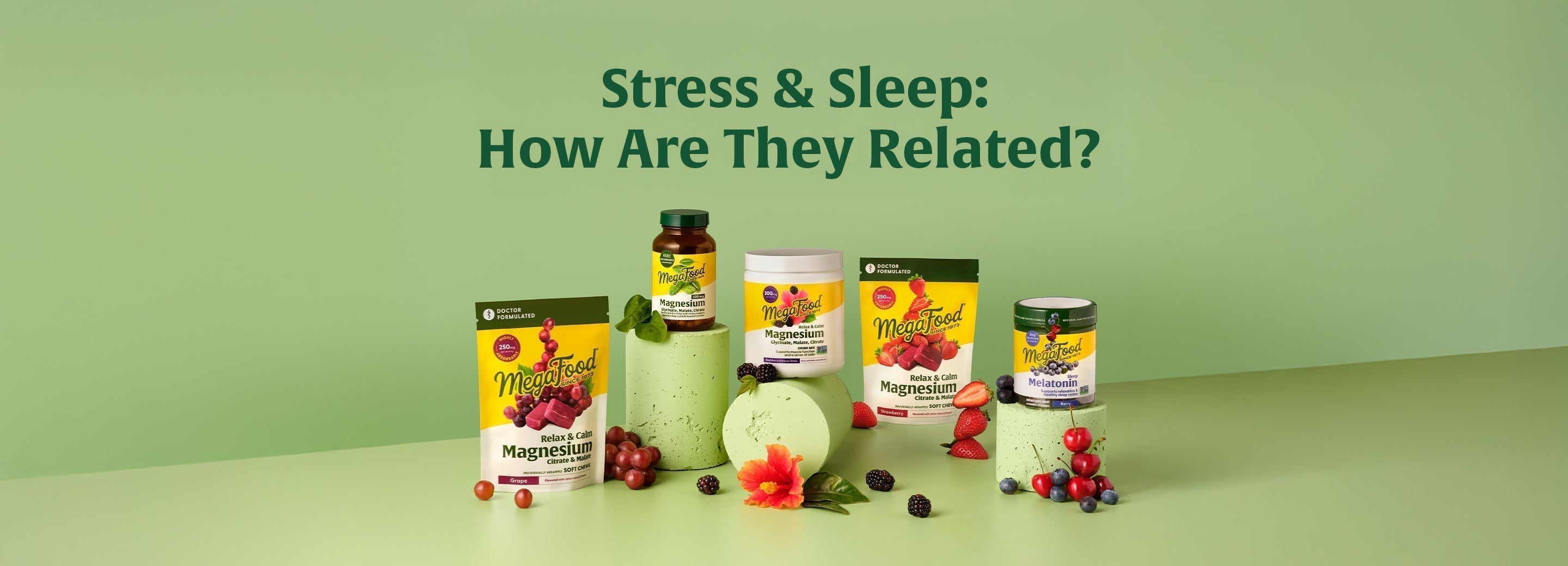If you’ve ever scanned the ingredient list on your supplement bottle, you might have seen words like silicon dioxide, maltodextrin, or hypromellose and thought, What even is that? It’s easy to assume that anything unfamiliar must be bad for you—especially when certain ingredients get a bad reputation in wellness circles. But the truth is, fillers aren’t just random additives—they play a crucial role in making supplements effective, safe, and accessible.
What Are Fillers, and Why Do They Have a Bad Reputation?
Fillers, also called excipients, are inactive ingredients that help bind, stabilize, or preserve supplements. They’re necessary for things like:
- Ensuring tablets stay intact and don’t crumble.
- Helping powders flow smoothly into capsules.
- Preventing moisture buildup that could ruin product potency.
Unfortunately, fillers have a stigma—largely because they are often misunderstood. But many of these controversial ingredients are completely safe and even naturally occurring!
Breaking Down the Hot-Button Fillers (And Why They're Actually Fine)
Let’s talk about some of the most misunderstood supplement fillers:
- Silicon Dioxide: This sounds like something from a chemistry lab, but it’s actually a naturally occurring compound found in water, plants, and even your own body. It prevents clumping in powdered supplements and is GRAS-(Generally Recognized As Safe) by the FDA.
- Maltodextrin: This carbohydrate is often sourced from corn, rice, or even medicinal herbs and is used to help evenly distribute active ingredients in supplements. While it’s often sometimes called out for being a “processed” sugar, it’s present in tiny amounts— below levels required to spike your blood sugar.
- Microcrystalline cellulose: An important plant-based binder used to help compress powders into tablets and fill capsules. Cellulose is what gives plants their structure, meaning there's no reason to fear cellulose!
- Hypromellose: The vegetarian alternative to gelatin, this plant-based compound makes up vegetable capsules and tablet coatings. Thanks to hypromellose, many supplements are now vegetarian- friendly!
Why Do We Need Fillers in Supplements?
Without fillers, many supplements wouldn’t work as intended. Imagine trying to fit a tiny amount of powdered turmeric into a capsule—it wouldn’t fill the space evenly, making dosing unreliable. Fillers help:
- Maintain consistent dosage.
- Improve stability so the supplement doesn’t degrade.
- Aid in creating a high-quality and consistent product
MegaFood’s Commitment to Clean Supplements
At MegaFood, we believe in full transparency when it comes to ingredients. That means:
- Tested for 150+ pesticides – We carefully source high-quality ingredients, and test all finished products to ensure they are free from residues of herbicides and pesticides.
- No common allergens – Our supplements are crafted to be free from gluten and formulated without the Big 9 Food Allergens (milk, eggs, peanuts, tree nuts, soy, wheat, fish, shellfish and sesame).
- High standards for purity – We test for heavy metals, microbial contamination, yeasts, molds, and more.
Want to see the full details? Check out our standards page to learn more about what goes into our products (and what doesn’t!).
The Bottom Line
Fillers in supplements aren’t something to fear—when sourced responsibly, they can improve the quality, stability, and effectiveness of your vitamins.



Leave a comment
This site is protected by hCaptcha and the hCaptcha Privacy Policy and Terms of Service apply.